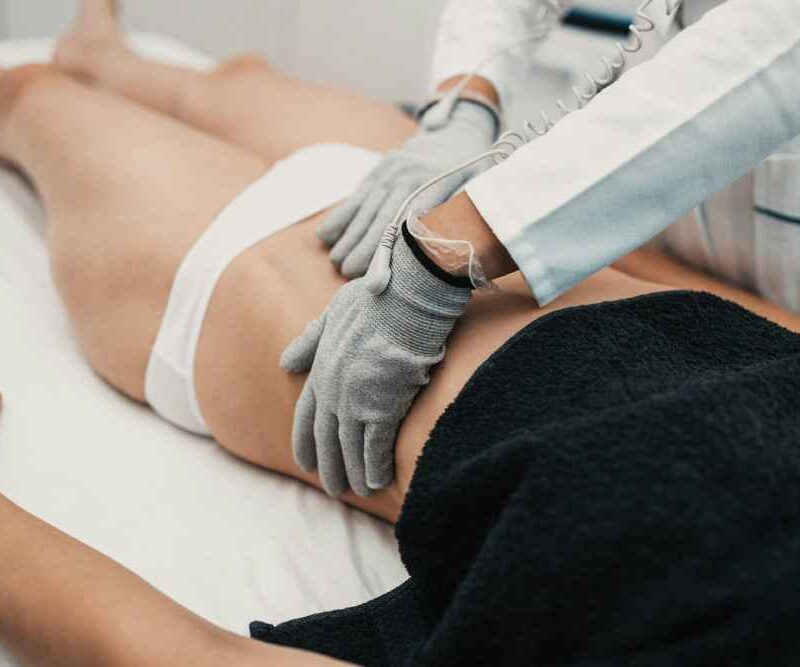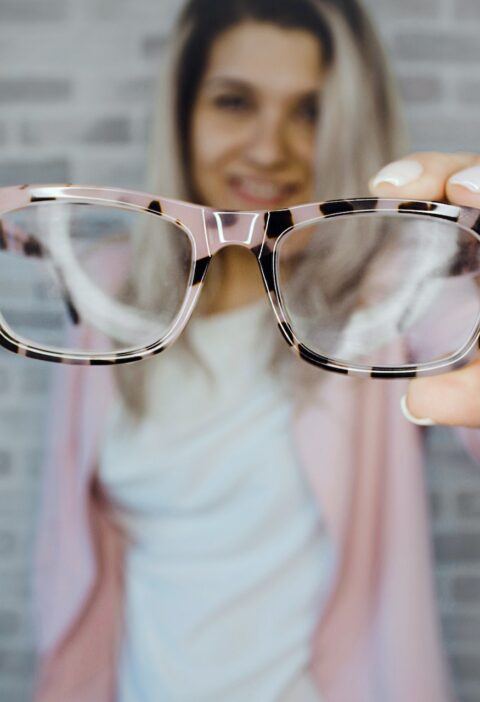Cellulite is often likened to the texture of orange peel or cottage cheese; it’s a condition that causes the skin to appear dimpled or lumpy. The biological basis of cellulite is the interaction of fat deposits and connective tissue beneath the skin, which can lead to the characteristic cellulite bumps and unevenness.
Although cellulite affects a significant portion of the adult population—male and female—it is more prevalent in women, owing to the different distributions of fat, muscle, and connective tissue.
Contrary to widely held beliefs, cellulite is not exclusive to overweight individuals; it can affect people of all body types. Factors that cause cellulite include hormonal alterations, genetics, lifestyle choices, and age. Each factor contributes uniquely, leading to the manifestation of cellulite in diverse ways across different individuals.
Advancements in Noninvasive Treatments
Dermatology has been revolutionized by noninvasive treatments that improve skin texture and elasticity. These treatments, including radiofrequency and laser, tackle the issue of cellulite by stimulating collagen production and improving circulation. Among these new procedures is the compelling non invasive cellulite treatment, which promises to offer a solution to cellulite with minimal discomfort and downtime.
Such treatments are alluring because they don’t involve surgery and avoid anesthesia, scarring, and extensive recovery periods. Noninvasive options are about comfort, efficacy, and safety, making them a strong preference for individuals seeking smoother skin without severe interventions.
Lifestyle’s Impact on Skin Health
In the quest to manage cellulite, technology is a valuable ally, but lifestyle factors play an equally vital role. Diet, exercise, and hydration are the cornerstone of healthy skin maintenance. A balanced diet abundant in essential nutrients and antioxidants fosters skin health, while regular exercise enhances blood circulation and muscle tone, contributing to firmer skin.
Individuals can maximize their efforts to reduce cellulite by combining technological advancements with lifestyle adjustments. This holistic approach addresses cellulite from multiple angles, promoting skin resilience and overall well-being. Ultimately, the synergy between technological interventions and lifestyle modifications offers a comprehensive strategy for combating cellulite and fostering healthier, smoother skin.
The Future of Skin Treatment Technologies
The horizon of dermatology and noninvasive treatments gleams with promise for the future. Ongoing research and substantial investments in this realm, spotlighted by authoritative sources such as the American Academy of Dermatology Association and the National Institute of Biomedical Imaging and Bioengineering, herald a path toward increasingly advanced, accessible, and productive interventions. You can also take a look at the journal of clinical and aesthetic dermatology to see what the current issue contains for skin health and testing.
This trajectory foresees innovations that foster personalized approaches tailored to individuals’ unique skin types and conditions, optimizing outcomes and refining the patient experience.
Education and awareness are paramount as novel treatment options emerge for addressing skin concerns like cellulite. Potential patients need to stay fully informed about their choices, enabling them to make educated decisions when seeking treatments to improve their skin’s appearance and bolster their self-assurance. By staying abreast of advancements and understanding the nuances of available options, individuals can confidently and navigate the landscape of dermatological treatments.







